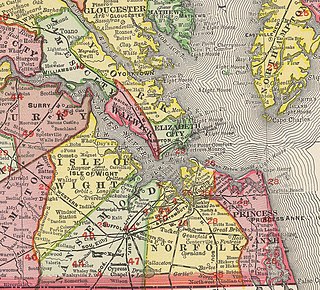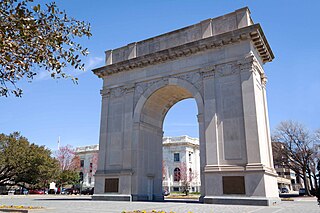
Newport News is an independent city in the Commonwealth of Virginia in the United States. At the 2020 census, the population was 186,247. Located in the Hampton Roads region, it is the fifth-most populous city in Virginia and 140th-most populous city in the United States.

Hampton is an independent city in Virginia, United States. As of the 2020 census, the population was 137,148. It is the 7th-most populous city in Virginia and 204th-most populous city in the nation. Hampton is included in the Hampton Roads metropolitan area, the 37th-largest in the United States, with a total population of 1,799,674 in 2020. This area, known as "America's First Region", also includes the independent cities of Chesapeake, Virginia Beach, Newport News, Norfolk, Portsmouth, and Suffolk, as well as other smaller cities, counties, and towns of Hampton Roads.

The Virginia Peninsula is a peninsula in southeast Virginia, bounded by the York River, James River, Hampton Roads and Chesapeake Bay. It is sometimes known as the Lower Peninsula to distinguish it from two other peninsulas to the north, the Middle Peninsula and the Northern Neck.

The 100th Training Division (Leader Development) (formerly the 100th Infantry Division) is a division of the United States Army headquartered at Fort Knox, Kentucky. It currently serves as a major training command of the United States Army Reserve. It has been known as the "Century Division" owing to its "100th" designation.

Newport News/Williamsburg International Airport is in Newport News, Virginia, United States, and serves the Hampton Roads area along with Norfolk International Airport in Norfolk. The airport is owned and operated by the Peninsula Airport Commission, a political subdivision of the Commonwealth of Virginia. PHF covers 1,800 acres.
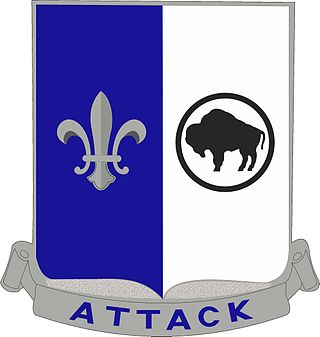
The 371st Infantry Regiment was a segregated African American regiment, nominally a part of the 93rd Division, that served in World War I under French Army command, and also in World War II in the Italian Campaign as part of the 92nd Infantry Division (Colored).
The 366th Infantry Regiment was an all African American (segregated) unit of the United States Army that served in both World War I and World War II. In the latter war, the unit was exceptional for having all black officers as well as troops. The U.S. military did not desegregate until after World War II. During the war, for most of the segregated units, all field grade and most of the company grade officers were white.

Lee Hall is an unincorporated town located in the extreme western portion of the independent city of Newport News in the Commonwealth of Virginia in the United States.

The Boston Port of Embarkation (BPOE) was a United States Army command responsible for the movement of troops and supplies from the United States to overseas commands. In World War I it was a sub-port of the New York Port of Embarkation. During World War II it became an independent Port of Embarkation with the second greatest number of passengers embarked and third greatest tonnage of cargo embarked by east coast Ports of Embarkation. In passengers it was exceeded on the east coast only by New York and in cargo only by New York and the Hampton Roads Port of Embarkation. Within three months after entry of the United States into World War II Boston was being established as a sub-port of New York. With establishment of the United States Army Transportation Corps in March 1942 the Boston sub-port became the independent Boston Port of Embarkation.

The New York Port of Embarkation (NYPOE) was a United States Army command responsible for the movement of troops and supplies from the United States to overseas commands. The command had facilities in New York and New Jersey, roughly covering the extent of today's Port of New York and New Jersey, as well as ports in other cities as sub-ports under its direct command. During World War I, when it was originally known as the Hoboken Port of Embarkation with headquarters in seized Hamburg America Line facilities in Hoboken, New Jersey, the Quartermaster Corps had responsibility. The sub-ports were at Boston, Baltimore, Philadelphia and the Canadian ports of Halifax, Montreal and St. Johns. The World War I port of embarkation was disestablished, seized and requisitioned facilities returned or sold and operations consolidated at the new army terminal in Brooklyn. Between the wars reduced operations continued the core concepts of a port of embarkation and as the home port of Atlantic army ships. With war in Europe the army revived the formal New York Port of Embarkation command with the New York port, the only Atlantic port of embarkation, taking a lead in developing concepts for operations.
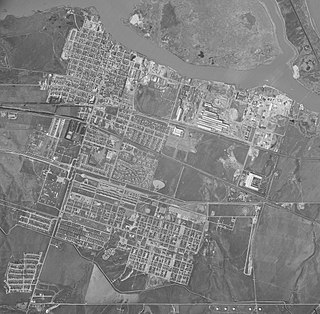
Camp Stoneman was a United States Army facility located in Pittsburg, California. It served as a major troop staging area for and under the command of the San Francisco Port of Embarkation (SFPOE). The camp operated during World War II and the Korean War.
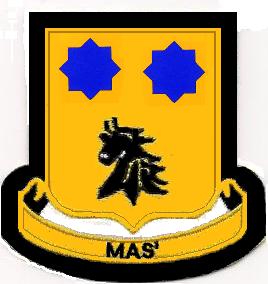
The 28th Cavalry Regiment (Horse) (Colored) was a short-lived African American unit of the United States Army. The 28th Cavalry was the last horse-mounted cavalry regiment formed by the U.S. Army. The regiment was formed as part of the 2nd Cavalry Division in 1943 and inactivated in North Africa in 1944 without seeing combat.

Hampton Roads Port of Embarkation was the Army command structure and distributed port infrastructure in the Hampton Roads area of Virginia supporting the movement of personnel and cargo overseas. It had been activated as the Newport News Port of Embarkation in World War I, deactivated, then reactivated on 15 June 1942.

SS Sea Owl was a Type C3-S-A2 ship built during World War II by Ingalls Shipbuilding, Pascagoula, Mississippi. The ship was converted by Ingalls before delivery on 27 June 1944 into a troop transport for operation by the War Shipping Administration. The ship saw service in the European Theater of Operations with a final trip in January 1946 to Japan and return. The ship was released from troop service in February 1946 and placed in the James River Reserve Fleet 12 August 1946.

The 337th Infantry Regiment was a National Army Infantry Regiment first organized for service in World War I as part of the 85th Division. It later served in the Mediterranean Theater during World War II. Since then it has served as a training Regiment, training Army Reserve and Army National Guard Soldiers for service in support of the Global War on Terror.
The following is a timeline of the history of the city of Newport News, Virginia, United States.
The 351st Infantry Regiment was a National Army Infantry Regiment first organized for service in World War I as part of the 88th Infantry Division in Europe. It later served in the Mediterranean Theater during World War II. Since then it has served as a training Regiment, training Army Reserve and Army National Guard Soldiers for service in support of the Global War on Terror.
The 338th Infantry Regiment was a National Army Infantry Regiment first organized for service in World War I as part of the 85th Infantry Division in Europe. It later served in the Mediterranean Theater during World War II. Since then it has served as a training Regiment, training Army Reserve and Army National Guard Soldiers for service in support of the Global War on Terror.











